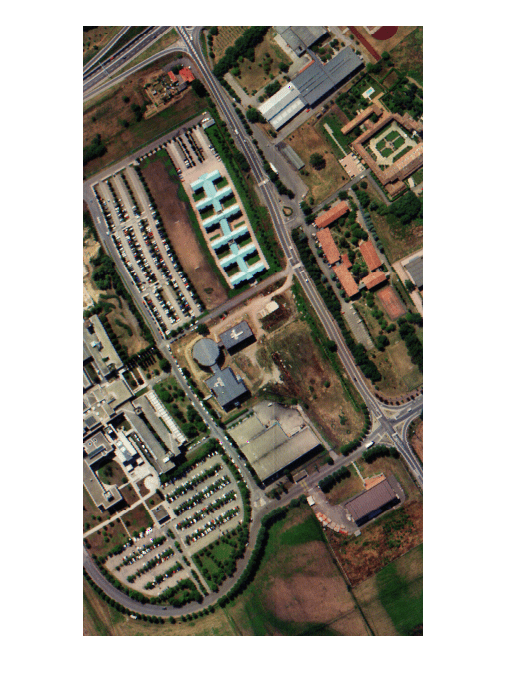flatField
Apply flat field correction to spectral data
Description
correctedData = flatField(inputData,roi)inputData, using the flat field mean spectrum calculated in the
specified region of interest (ROI) of the data. A valid ROI has these characteristics:
Topographically flat
Spectrally flat (uniform spectral response)
Strong signal source to reduce the impact of random noise
Note
This function requires the Hyperspectral Imaging Library for Image Processing Toolbox™. You can install the Hyperspectral Imaging Library for Image Processing Toolbox from Add-On Explorer. For more information about installing add-ons, see Get and Manage Add-Ons.
The Hyperspectral Imaging Library for Image Processing Toolbox requires desktop MATLAB®, as MATLAB Online™ and MATLAB Mobile™ do not support the library.
Examples
Input Arguments
Output Arguments
References
[1] Roberts, D. A., Y. Yamaguchi, and R. J. P. Lyon. "Comparison of Various Techniques for Calibration of AIS Data." In Proceedings of the Second Airborne Imaging Spectrometer Data Analysis Workshop, ed. Gregg Vane and Alexander F. H. Goetz, 21 -30. Pasadena: Jet Propulsion Laboratory, 1986.
Version History
Introduced in R2020bSee Also
hypercube | multicube | iarr | logResiduals | subtractDarkPixel | empiricalLine | reduceSmile | sharc

